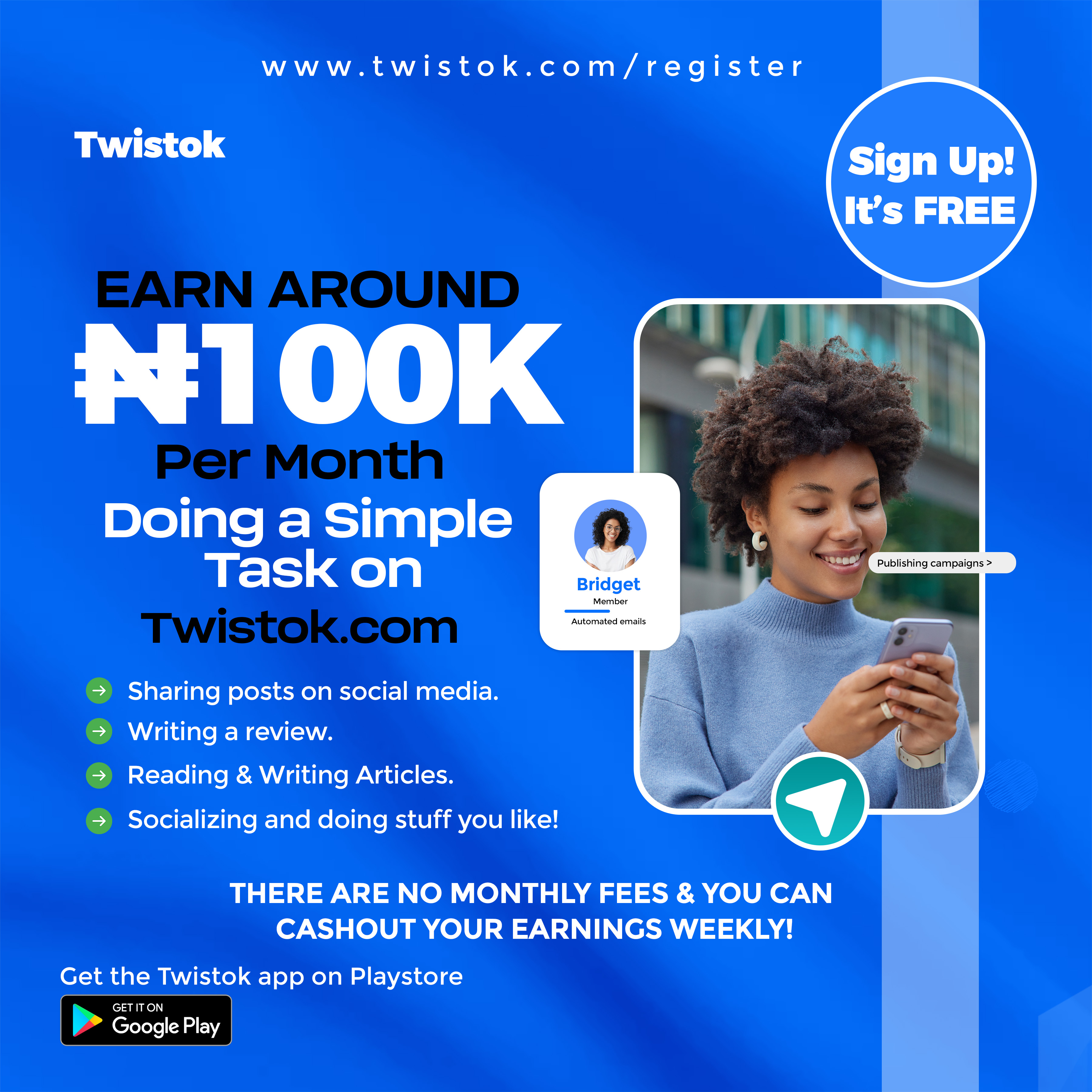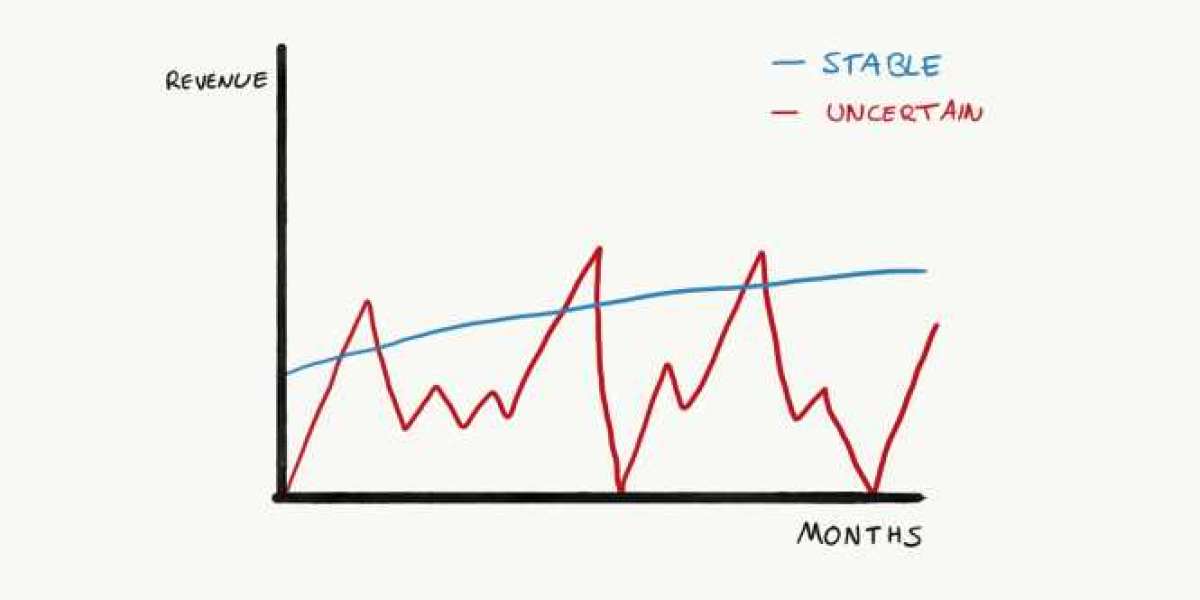Overview
Technology has altered the marketing environment. Indeed, marketing has taken a shift from what is known as traditional marketing to digital marketing.
Smartphone users have increased across the world today. According to statistics, over 3.8 billion people use smartphones, and the number is growing; this has undoubtedly benefited businesses. Businesses have started targeting ads on social media.
Before we go any further, it would be nice to know the history and evolution of digital marketing. To a large extent, this will give you a better understanding of the subject matter. After all, it is said that “knowledge is power!” Digital marketing, in recent history, could be traced from a different perspective.
However, according to Wikipedia, digital marketing is inseparable from technology development. Ray Tomlinson sent the first email in 1971, using his innovative stage and allowing people to send and accept data via a variety of devices.
You can view the history of digital marketing from a different perspective. Back in the 1950s and ‘60s, marketers had relatively few choices of marketing channels.
Direct mail, telephone marketing, print publications, outdoor billboards, and major television networks are among the most common marketing channels. It also had a handful of local radio stations.
Cable television became widely available in the thirty years that followed. Twenty hours of cable TV provided marketers with more channels to disseminate marketing information. However, the challenging issue then was that many cable television systems did not support paid advertising. The choices for marketing channels did not grow significantly with the cable TV system. The network television stations and print media remained the dominant channels of marketing communication.
As earlier identified, in 1991, the internet—the world wide web (www)—became available for commercial use, which exploded overnight!
In just a few years, the number of websites grew from a handful to millions. The media space for advertising and marketing was no longer a scarce resource. Instead of a dozen traditional media outlets, marketers now had to reach millions of consumers via the www directory. Technological development has exponentially accelerated and grown in the last two decades.
Today, marketers and entrepreneurs can reach billions of people through social media, mobile apps, and online video streaming services. Hundreds of thousands of online publishers offer valuable virtual spaces for displaying advertising messages.
Search engines can now target consumers based on their behavior and need to be relevant and competitive in the marketing environment.
Marketers and businesses must re-define, re-examine, and re-evaluate their media landscape to remain relevant and ensure the correct information is passed to the consumer to be competitive.
Digital Marketing Insight:
Digital marketing is a way to grow businesses online. To put it simply, digital marketing is a type of marketing that promotes and sells products and services online.
It is the process of leveraging different internet channels like search engines, social media networks, and emails to reach your target audience.
Curled from the book Digital Marketing Demystified: The Ultimate Guide to Growing Your Business Online.
Digital marketing is a powerful tool for driving online business growth. It encompasses various strategies and tactics aimed at promoting products or services, building brand awareness, attracting website traffic, and ultimately converting leads into customers. The key advantage of digital marketing is its ability to reach a wide audience, target specific demographics, and track and measure the effectiveness of marketing campaigns.

Key digital marketing components that contribute to the growth of online businesses include:
Website optimization: A well-designed and user-friendly website is crucial for any online business. Optimizing the website for search engines (SEO) helps improve its visibility in search results, driving organic traffic. Additionally, optimizing the website's conversion rate through compelling content, intuitive navigation, and clear call-to-actions increases the likelihood of converting visitors into customers.
Content marketing: Creating and distributing valuable and relevant content is critical for attracting and engaging your target audience. Content marketing involves producing blog posts, articles, videos, infographics, and other forms of content that provide value to users. It helps establish the business as an industry authority, builds trust, and drives organic traffic to the website.
Search engine marketing (SEM): SEM involves paid advertising to increase visibility on search engine results pages (SERPs). This typically includes pay-per-click (PPC) campaigns on platforms like Google Ads. By bidding on relevant keywords, businesses can display targeted ads to users searching for specific products or services. Effective SEM campaigns can drive immediate traffic to the website and generate leads.
Social media marketing: Social media platforms provide a vast audience for businesses to connect with potential customers. Creating engaging content, running targeted ads, and interacting with the audience can help build brand awareness, drive traffic, and generate leads. Each social media platform has distinct strengths, demographics, and advertising options, enabling businesses to tailor their marketing efforts to specific audiences.
Email marketing: Building an email list and sending targeted email campaigns is an effective way to nurture leads and retain existing customers. Personalized and valuable email content, such as newsletters, promotions, and product updates, can drive traffic back to the website, generate sales, and foster customer loyalty.
Influencer marketing: Collaborating with influencers who have a significant following and influence in a particular niche can help businesses reach their target audience effectively. Influencers can promote products or services through their social media channels, blogs, or YouTube videos, leveraging their credibility and trust with their followers.
Also Read: Make Passive Income Daily, Socializing, Writing Articles, Referring People, Free Sign Up
Analytics and optimization: Digital marketing allows for extensive tracking and analysis of campaigns, website performance, and user behavior. By leveraging tools like Google Analytics, businesses can gather insights into key metrics such as website traffic, conversion rates, and customer behavior. This data helps optimize marketing strategies and campaigns, making informed decisions based on real-time results.
Conclusion
Digital marketing provides numerous opportunities for businesses to grow their online presence. Businesses can increase brand visibility, attract traffic, and convert leads into customers by combining various strategies, optimizing their online presence, and targeting the right audience, resulting in online business growth and profitability.




